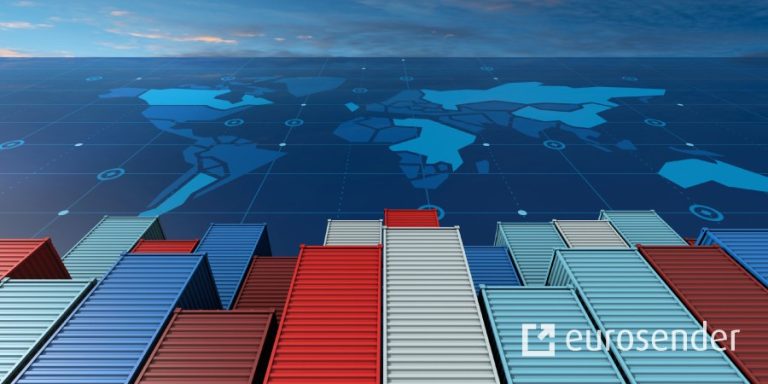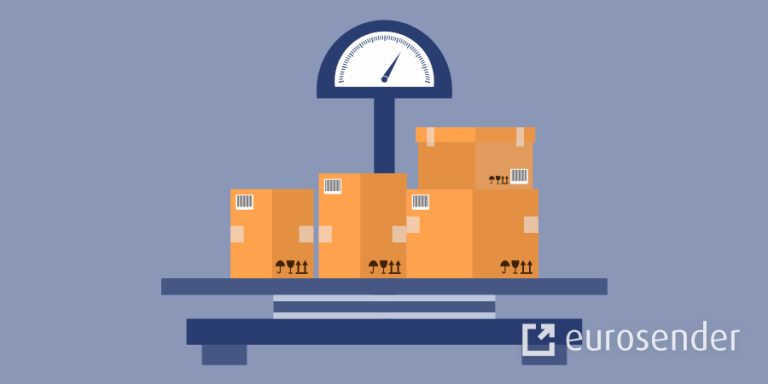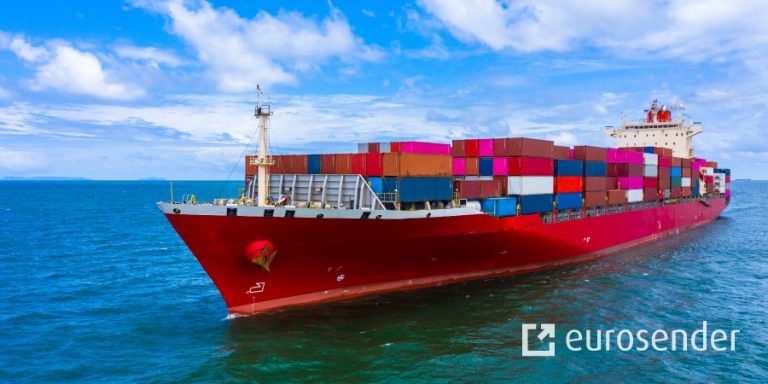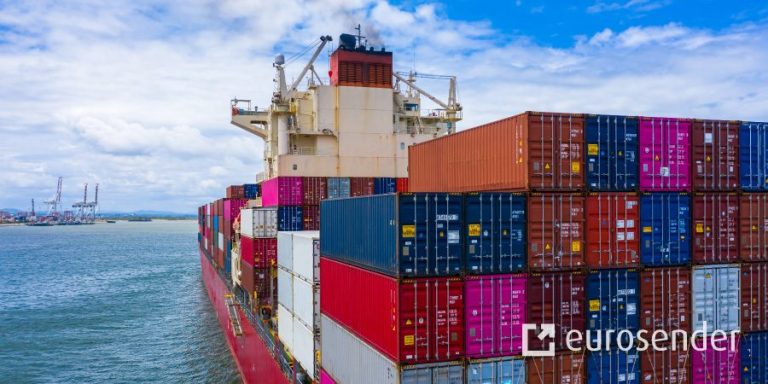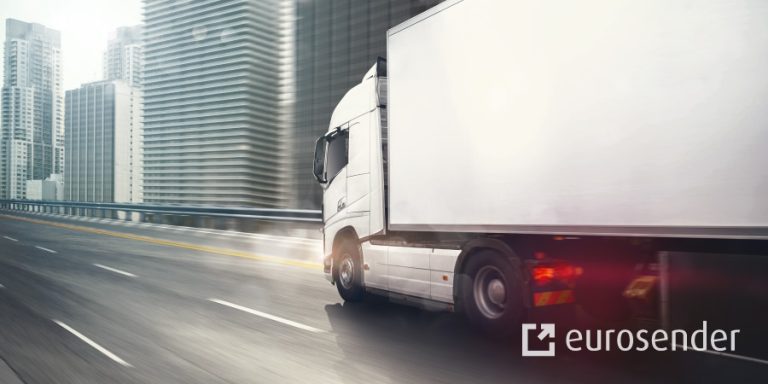What Is the Difference Between LTL and FTL Freight?
TL;DR
- LTL (Less-than-Truckload) is ideal for smaller loads, as it shares truck space with other shipments, reducing costs.
- FTL (Full Truckload) dedicates an entire truck to one shipment, offering faster and more secure transport for large or urgent cargo.
- LTL is typically cheaper for smaller shipments, while FTL is more cost-effective for larger loads.
- Eurosender offers both FTL and LTL services, along with Van Delivery for smaller, urgent shipments.
LTL shipments do not occupy the whole space of the truck and are smaller compared to FTL freight. Less-than-truckload shipping usually implies some size and weight restrictions. On the other hand, FTL is a direct delivery service reserved for the shipment of one customer. In this article, we will guide you through the differences between less-than-truckload (LTL) vs full truckload (FTL) to help you make the right decision.
Create an account for free!
Differences between less-than-truckload vs full truckload?
What is a full truckload?
Full truckload (FTL), also known as just truckload (TL) shipping, consists of having only one shipment per truck. This option is normally used for large consignments of 25-33 pallets. FTL is considered the best shipping method for high-risk or urgent cargo since it stays on one truck throughout the entire journey, reducing the risk of loss or damage.
Continue reading:
- The definition of Full Truckload (FTL)
- Full Truckload (FTL) transport
- Road freight transport in Europe
What is less-than-truckload?
Less-than-truckload (LTL) shipping refers to the transport of relatively small freight that does not occupy the whole truck. Instead, multiple shipments are combined to fill the space of the truck, making it a more cost-effective transport solution. Customers using LTL services each pay for the portion of the semi-trailer that their freight occupies.
Continue reading:
- The definition of Less-than-Truckload (LTL)
- Less-than-Truckload (LTL) transport
- Groupage services in Europe
What are the differences between FTL vs LTL freight shipping?

We can compare the differences between FTL and LTL freight shipping from many angles, such as delivery time, shipment size and pricing. In the next sections, we will cover each of them individually, so you are better equipped to decide whether FTL or LTL is better for your goods.
Less-than-truckload vs full truckload weight capacity differences
Cargo capacity, such as weight and shipment size, is one of the crucial elements when comparing LTL vs FTL freight shipping rates. Lighter cargo means less fuel for the carrier, which is always reflected in the final cost.
LTL (less-than-truckload)
The weight and number of pallets for LTL shipments can vary depending on the carrier and the trailer type. A single LTL shipment can usually contain up to 25 stackable Euro pallets (EPAL), depending on the pallet height. Given that a standard Euro pallet weighs 1,500 kg when loaded, you can multiply this value by the total number of pallets to estimate the weight of your shipment.
FTL (full truckload)
Also known as Truckload (TL) and over-the-road (OTR) freight, the weight of a single shipment can reach up to 34 tonnes (or approximately 33 Euro pallets). In Europe, the average capacity for trucks such as tautliners is 13.6 loading metres.
Read more about:
- How many pallets fit in a truckload?
- Maximum pallet loading height for shipping
- How to prepare a stackable pallet
- What is a loading metre (LDM) and how to calculate it?
LTL vs FTL freight shipping speed?
When choosing between full truckload vs less-than-truckload options, urgency is a critical factor. FTL shipments are faster than LTL as the transport is direct.
LTL (less-than-truckload)
LTL shipments involve sharing truck space with other shippers. While this reduces transport costs and emissions, it also takes more time because stops and transfers are needed.
FTL (full truckload)
FTL means hiring a full truck space for your dedicated freight, with no stop-overs, sorting, additional handling, or warehousing involved.
In both shipping methods, the actual freight transit time depends on the origin, route, and the carrier in charge of the shipment. However, FTL carriers are able to provide more predictable transit times.
LTL vs FTL freight shipping rates?
These are the factors used to calculate the rate for FTL and LTL freight shipping:
- Cost per km
- Shipment dimensions
- Distance from collection to delivery
- Type of truck
- Freight class (in some cases)
- Additional services
LTL costs are determined mainly by the weight or number of pallets in your shipment. Full truckload rates are usually calculated based on how many km it takes to reach its destination. At Eurosender, the starting FTL rate is from €1.05/km for many destinations.
Is LTL typically cheaper than FTL?
Because less-than-truckload shipments are smaller than full truckloads, LTL is usually cheaper for small cargo since you only pay for the space you use. On the other hand, FTL transport may be the more economical solution when your company has to deal with multiple loads. Splitting cargo into LTL shipments would be more expensive than filling up one dedicated trailer in this case.
Read more about:
- How to get online freight quotes
- How to get tailored pallet shipping quotes
- Standard pallet shipping dimensions
- Heavy pallet courier services
LTL vs FTL freight shipping: advantages of each
LTL (less-than-truckload) advantages
- Most optimal cost solution for smaller freight since you pay only for the space your shipment occupies
- Reduces the number of half-empty trucks on the roads and the total carbon footprint
- LTL offers a flexible way of shipping for small and medium-sized businesses, scalable to demand
FTL (full truckload) advantages
- The truck is dedicated to your goods only
- Most optimal cost solution for large freight
- Direct delivery to your destination
- Less risk of loss or damage because there is less handling
- Bigger load capacity compared to LTL
Does Eurosender offer an option for small but urgent freight loads?
Yes, absolutely! If the goods you intend to transport are not enough to fill a whole truck, but you do not want to send them with an LTL transport service because they are urgent or sensitive, we recommend our Van Delivery service. You get a van that is reserved for you, and it is one of the safest options for transporting smaller loads of goods with a starting rate of €0.48/km.
One of the benefits of the Van Delivery service is that there are no strict packaging requirements to follow. You can choose to ship loose or palletised goods (up to 8 pallets per vehicle).
Book with Eurosender today!
LTL vs FTL trucking options: how to choose?
The choice between FTL vs LTL trucking is not always obvious when you are dealing with large shipping volumes. Now that you know the differences between FTL and LTL freight trucking, the tips below will help you make the right decision:
- FTL is recommended when you have more than 25 Euro pallets (EPAL) to ship to a certain location.
- FTL freight transport is more secure than LTL for sensitive or fragile cargo.
- More accurate pick-up and delivery dates and guaranteed transit times are possible only with the full truckload option.
- LTL vs FTL freight rates: LTL transport will be cheaper for smaller shipments than FTL.
- LTL is the best fit for non-urgent cargo that will not occupy the entire trailer, as you only pay for the space occupied by your shipment.
At Eurosender, we offer both FTL and LTL transport services all over Europe. Click the button below to get a quote and start shipping!
If you want to know more, read our blog articles about pallet and freight shipping.
About the author

